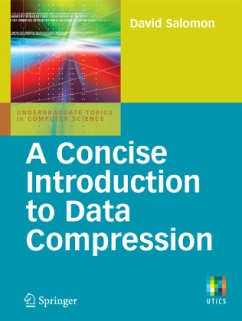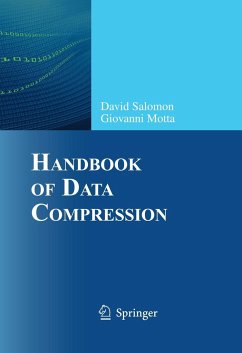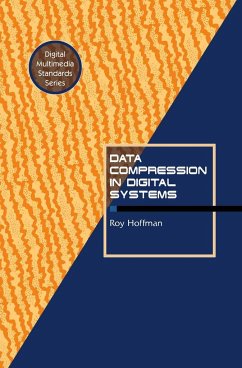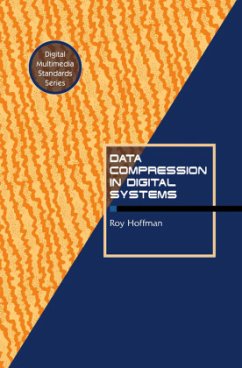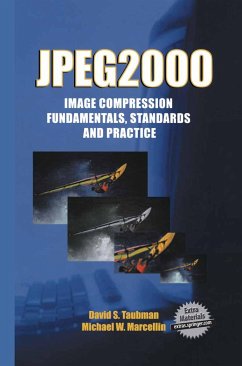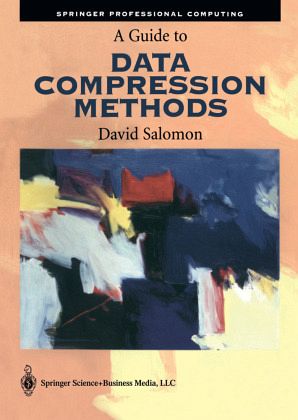
A Guide to Data Compression Methods

PAYBACK Punkte
19 °P sammeln!
The book is about compressing all types of computer data and what methods and algorithms to use. Its purpose is to describe and explain the principles behind the growing field of data compression and how to use them effectively. The discussion concentrates on general principles and methods all describes them with a minimum amount of mathematics. The book is aimed toward readers who do not have much background in computers and want to understand how data can be compressed. The reader can expect to gain a basic understanding of the important algorithms and methods used to compress data.Topics and features:- acceptable to use with only minimum computer and math background;- coverage of principles and general approaches, as well as specific methods and algorithms;- useful glossary with all basic terms for the field;- helpful appendix lists all algorithms presented in the book;- CD-ROM included with book comprising useful computer code used in the book and public-domain compression programs.
In 1829, Louis Braille, a young organist in a Paris church, blind since age 3, invented the well-known code for the blind, still in common use today all over the world and named after him. Braille himself modified his code in 1834, and there have been several modifications since. However, the basic design of this code, where each character is represented by a group of 3 x 2 dots, has remained intact. The dots are embossed on thick paper and each can be raised or flat (i. e. , present or absent). Each dot is therefore equivalent to one bit of information. As a result, the Braille code (Figure 1) is a 6-bit code and can therefore represent 64 symbols (the code of six flat dots indicates a blank space). Braille's followers extended the capabilities of his code in several ways. One im portant extension is contractions. These are letters that, when they stand alone, mean words. For example, the letter "b" standing alone (or with punctuation) means the word "but," the letter "e" standing alone means "every," and "p" means "people. " Another extension is short-form words. These are combinations of two or more codes that mean an entire word (short-form words may contain contractions). For example, "ab" means "about," "rcv" means "receive," and "(the)mvs" means "themselves. " (The "the" in parentheses is a contraction, dots 2-3-4-6. ) Figure 2 shows some examples of these special codes.




